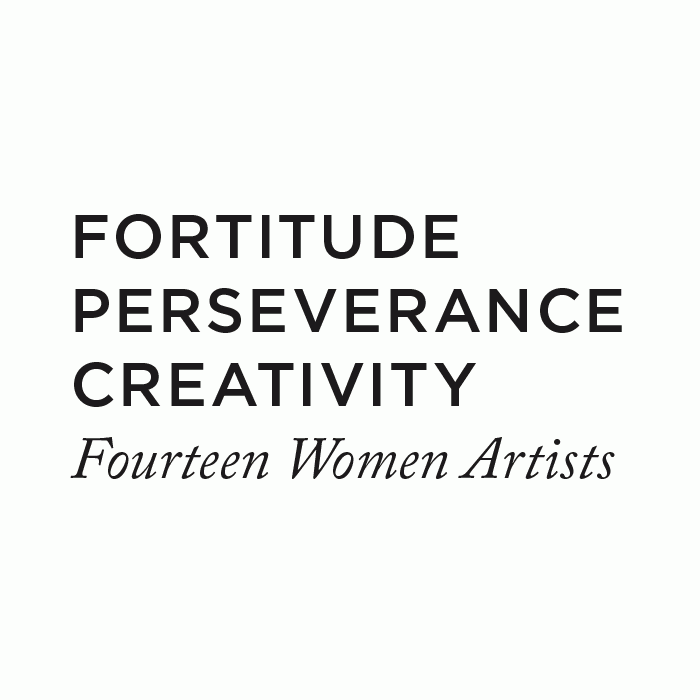We are delighted to announce Fortitude, Perseverance, Creativity: Fourteen Women Artists, a selling exhibition online and at our 33 New Bond Street galleries from 18th November. Spanning from the 1820s to the 1990s, it celebrates female fortitude, perseverance and creativity.
At the beginning of the nineteenth century, painting was regarded as a ‘polite accomplishment’ for gentlewomen. Mrs Phipps’s View of Buckingham House, 1826 was painted specially for ‘my dear friend Lucy, Mrs Holbech’ by one such talented lady.
Berthe Morisot came from an haute bourgeoise Parisian family and began studying painting in the 1860s. Her parents were disconcerted when it became evident that she regarded art as more than a mere pastime. Undeterred, she became part of the Impressionist group, friend, muse and sister-in-law of Edouard Manet. Morisot’s art explores a private female world, the tenderness between mothers and children and the interior life of women, shown in the soft reverie of Jeune fille étendue, 1893.
Suzanne Valadon faced even bigger odds. Waitress and tightrope walker, she taught herself to draw and furthered her craft by observing painters such as Renoir and Toulouse-Lautrec while modelling for them. Fleurs dans un vase, 1937, reflects her stylish, bold personality.
Some women became artists because it was a family business. Eloise Stannard was the daughter of Norwich School landscape painter Alfred Stannard. She chose to specialize in still life, exemplified by the beautifully-observed Still life with grapes and raspberries, 1882. Henriette Ronner-Knip was taught by her father Joseph Knip. She produced genre paintings of cats, such as Making music, which are both realistic and witty, gaining Royal patrons across Europe.
The twentieth century has produced ground-breaking female artists who have gained international reputations. Barbara Hepworth and Elisabeth Frink took on the traditionally male preserve of sculpture, working both in monumental and smaller formats. Hepworth’s carved slate Maquette for Large Sculpture: Four-Square (Four Circles), 1966, explores the relationship between planes, walls and the flow of light and space, which involves the whole body in reaction to it. Hepworth said, ‘When you make a sculpture you’re making an image, a fetish, something which alters human behaviour or movement’.
For Frink, power and mystery lay in the animal world and she expressed her genius in figural subjects. Horses were a major motif, carrying connotations of wildness, sensitivity and freedom from mental and physical constraint. The bronze Horse in the rain IV, c.1984, combines broad confidence with exacting precision in the modelling, a reflection of Frink’s technical understanding of horses, as well as her deep communion with them.
Bridget Riley’s artistic path has been a radical journey into how the eye and brain respond to colour. The palette of her gouache Red, blue, turquoise, yellow, black and white 1981 was inspired by the vivid hues of a visit to Egypt. Colour chords, punctuated by accents of black and white, flow across the paper like music, conjuring up the ‘thrill of pleasure which sight itself reveals’.

147 New Bond Street